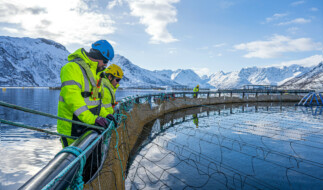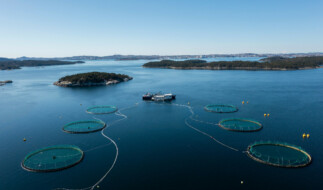Just like our waters, we like to be clear on the facts about responsible salmon farming. Here we address some of the common myths and misperceptions to do with salmon farming and farmed salmon.
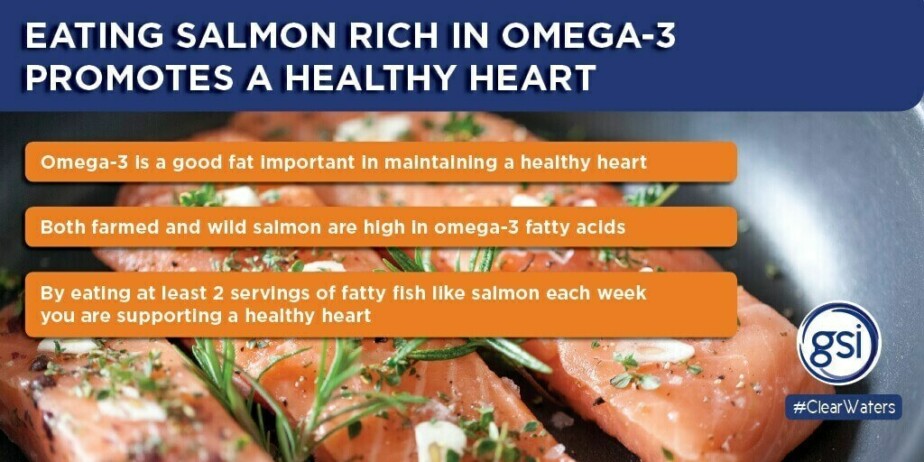
Salmon for a healthy heart
Download fact card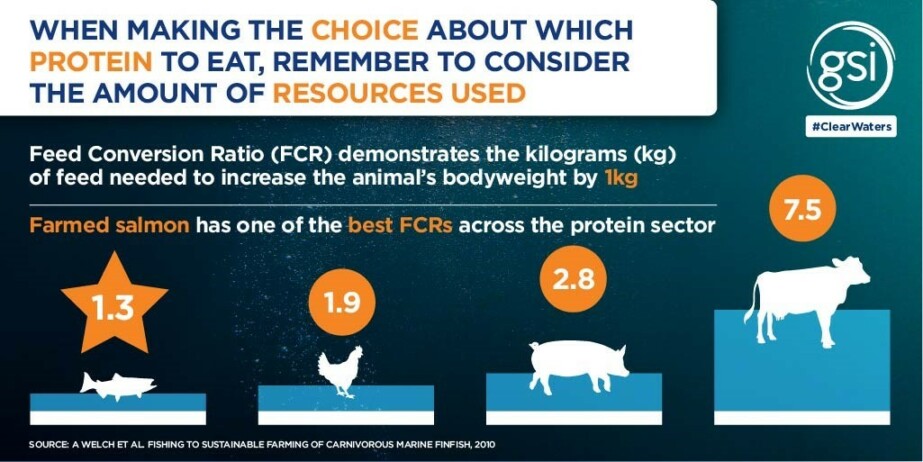
Feed Conversion Ratio (FCR)
Download fact card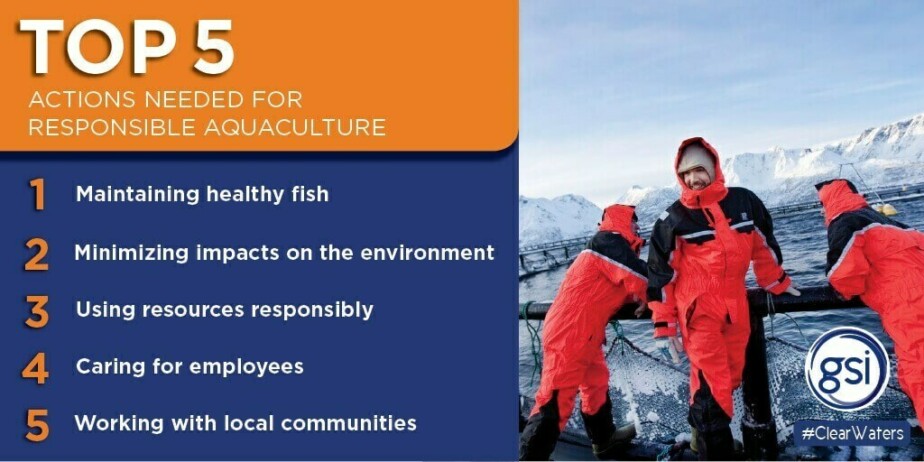
Responsible Salmon Farming
Download fact card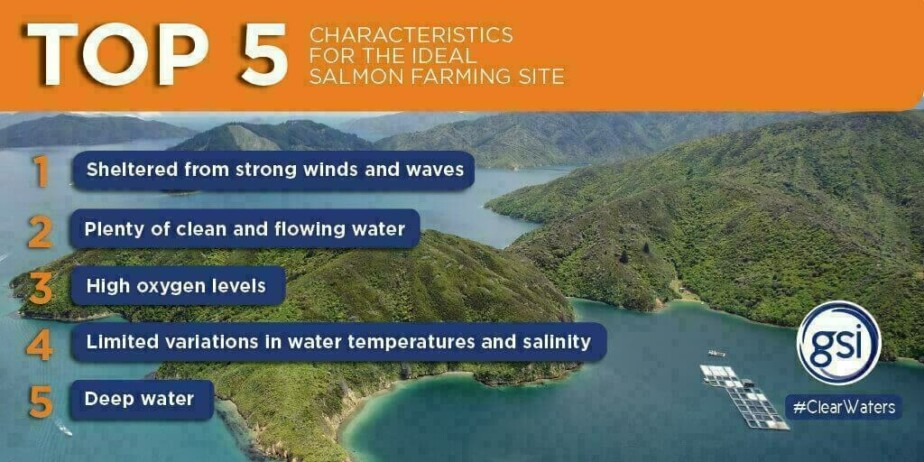
Salmon Farming Locations
Download fact card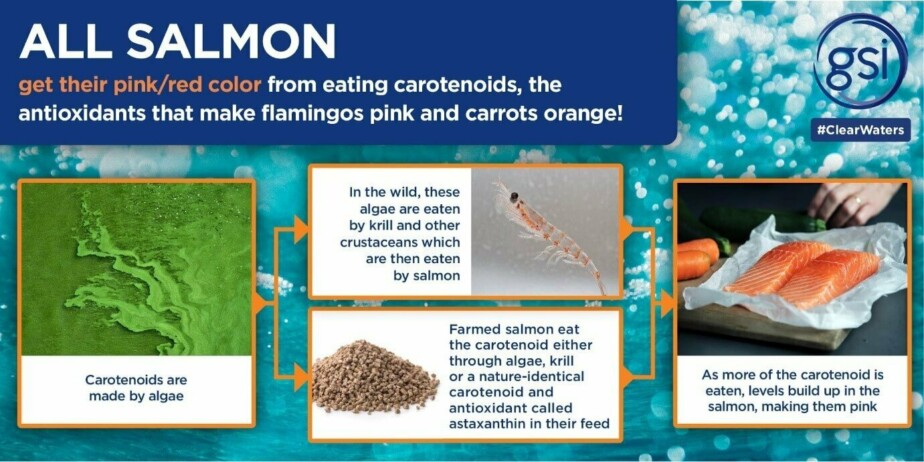
Antioxidants and the color of farmed salmon
Download fact card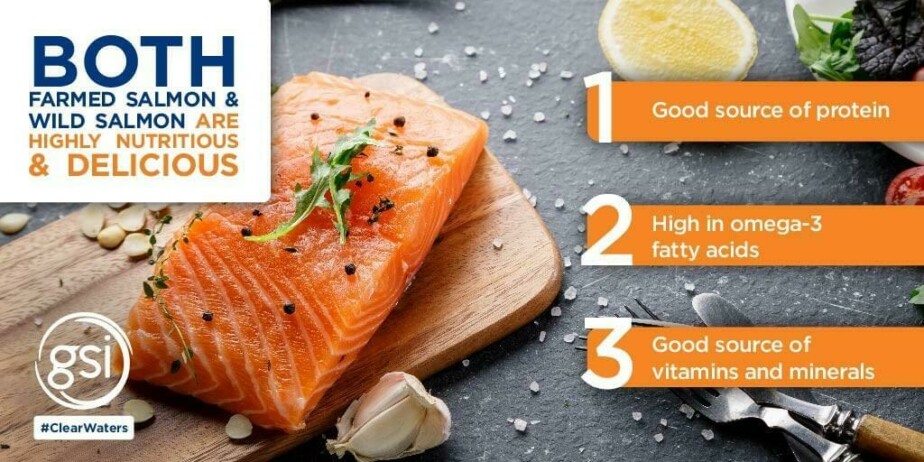
Nutritional value of wild and farmed salmon
Download fact card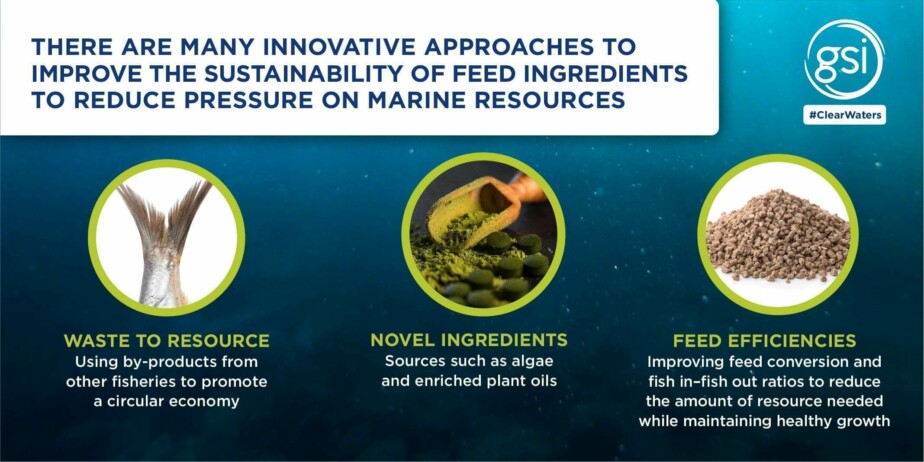
Innovations in feed sustainability
Download fact card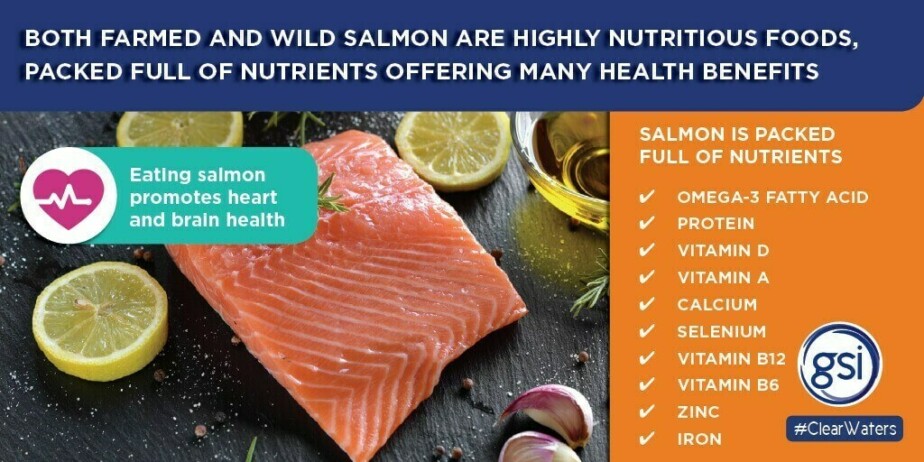
Health benefits of salmon
Download fact card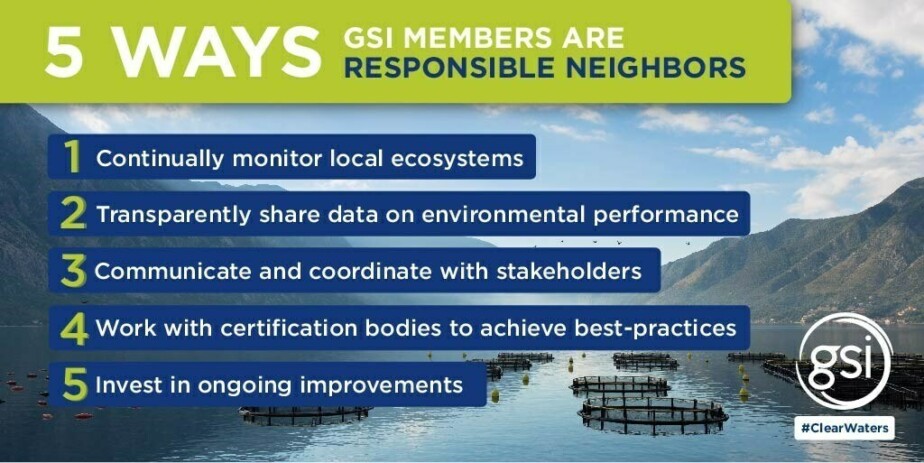
GSI members act as responsible neighbors
Download fact card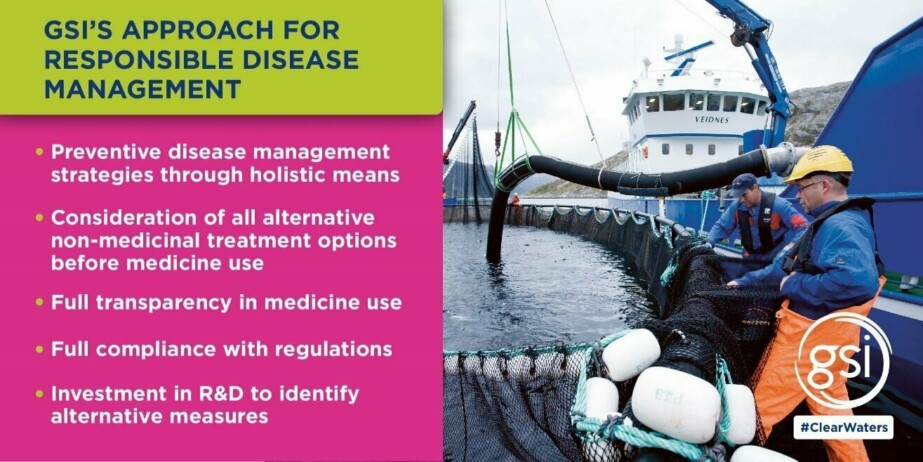
Responsible disease management
Download fact card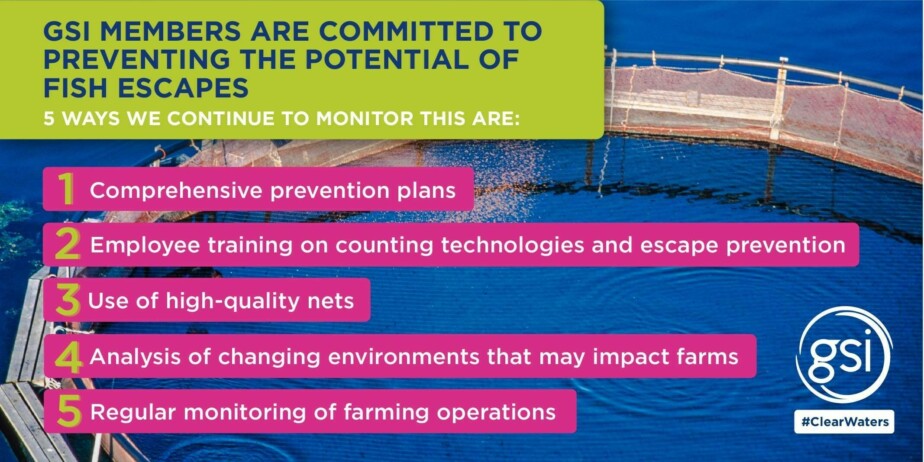
Preventing fish escapes
Download fact card
Minimizing the environmental impact of salmon farming
Download fact card
